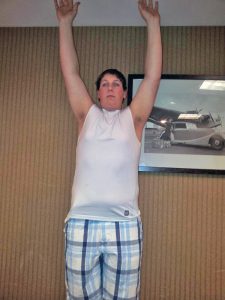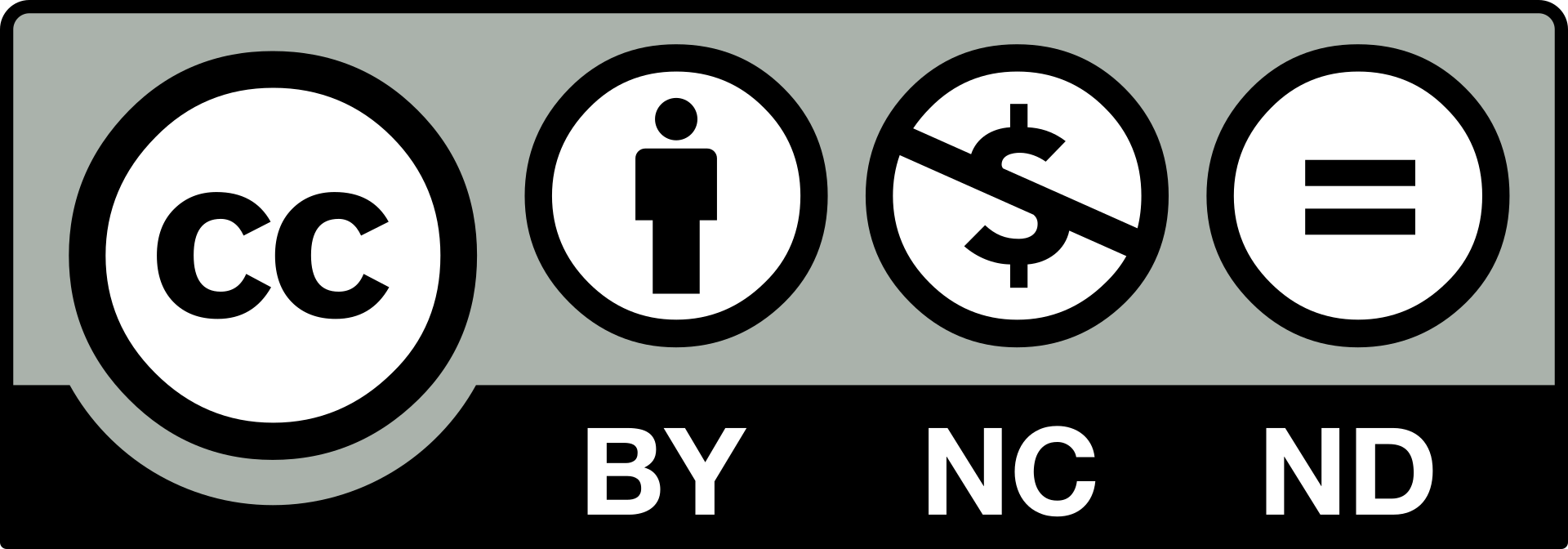

A smart diagnosis
Diagnosis of scapula winging begins with a thorough physical examination by a specialist, and the severity of winging is assessed by the range of shoulder motions that can be performed by the patient. Standard x-rays, an MRI of the shoulder, neck, or scapula and electrical testing (called needle electromyography, or EMG) of affected nerves and muscles are commonly used methods for confirming the diagnosis.

Treat the cause, not the symptoms
If winging scapula does not heal over time with physiotherapy, or if the condition is very severe, then corrective surgery is recommended to restore the function of the shoulder. Often, tendon transfer surgery is carried out. During the procedure, a healthy tendon and muscle are transferred from one location to another to substitute for the damaged muscle and tendon.

Like a garden hose that has been unkinked, the flow of power to the muscle improves, returning function and stability to the shoulder.
Clinical studies carried out by Dr Nath suggest that directly addressing the nerve injury itself, rather than replacing the tendon and muscle, is a far better approach to treating winging scapula effectively. Dr Nath has investigated two microsurgery techniques for the treatment of scapula winging: decompression and microneurolysis. During decompression surgery, compression of the nerve is released by carefully removing a section of the affected muscle. Then, scar tissue that may have built up around the nerve itself is surgically removed (microneurolysis) to further relieve any pressure, allowing the nerve to function normally. In essence, the forces pinching the nerve are surgically removed. Like a garden hose that has been unkinked, the flow of power to the muscle improves, returning function and stability to the shoulder.
In a large clinical study, Dr Nath treated 50 patients with scapular winging due to LTN injury using decompression and microneurolysis. Half of the patients had pain caused by the winging, which improved in 73% of patients after surgery. Recovery of the serratus anterior muscle improved within 24 hours in 50% of the patients. 44 (88%) patients had significant improvement to the scapular winging within one day to three months. To quantify the impact of the surgery, patients were asked to complete a standardised WHO quality of life survey: 98% of patients reported ‘good’ or ‘excellent’ outcomes. Poorer outcomes were reported in patients who had had their injury longer than eight years. Dr Nath concluded that nerve decompression is the treatment of choice for patients who have had the injury for less than eight years.
In another clinical study, Dr Nath assessed treatment of patients with winging scapula caused by LTN injury. As before, decompression and microneurolysis were carried out for all patients. By measuring nerve conduction and muscle contraction before, during and after surgery, Dr Nath determined that the treatment resulted in the very rapid recovery of the affected nerve and the serratus anterior muscle, giving rise to the recovery of shoulder movement. Muscle improvement was quantified by measuring the angle at which the arm could be abducted. Remarkably, within just one day following surgical treatment the 13 patients enrolled in the study had on average an increased angle of abduction by 59%, and this improvement was maintained until the last follow-up (an average of 2.3 years). Dr Nath’s study demonstrates that even several years after the onset of scapular winging, the LTN and serratus anterior muscle can maintain the ability to recover function within a relatively short time period.
To fully investigate the value of his surgical treatments for LTN injury, Dr Nath and his team carried out a large meta-analysis – combining results from multiple studies to explore which treatment offers the benefit to patients. The first of its kind, this study compared outcomes from decompression and microneurolysis surgery carried out by Dr Nath with outcomes from standard muscle and tendon transfer operations carried out by others. Dr Nath treated 25 patients with winging scapula and carried out a thorough follow up one year after nerve decompression and neurolysis. After surgery, shoulder flexibility dramatically improved from an average of 104 degrees to 167 degrees, and shoulder abduction increased from an average of 97 to 157 degrees. Improvements seen by patients was significantly superior compared to outcomes resulting from muscle and tendon transfer operations published by others.
Patients were asked to complete a standardised WHO quality of life survey: 98% of patients reported ‘good’ or ‘excellent’ outcomes.
Through the largest clinical study of LTN decompression and neurolysis to date, Dr Nath demonstrates the importance of this treatment for scapular winging patients. The use of microneurolysis treats the cause of the problem rather than the result of the injury, and shows positive outcomes for patients, with improved function, loss of winging, and pain relief. Surgical outcomes from LTN decompression and neurolysis are significantly better compared to other procedures, suggesting that it is the treatment of choice for restoring shoulder function.
Find out more about treatment of winging scapula at the Texas Nerve and Paralysis Center http://www.drnathwingingscapula.com.
Yes. During decompression surgery, compression of the nerve is released by carefully removing a section of the affected muscle. Then, scar tissue that may have built up around the nerve itself is surgically removed (microneurolysis) to further relieve any pressure. This enables the nerve to work more normally.
References
- Nath RK, Melcher SE. (2007). Rapid recovery of serratus anterior muscle function after microneurolysis of long thoracic nerve injury. J Brachial Plex Peripher Nerve Inj, 2: 4.
- Nath RK, Lyons AB, Bietz G. (2007). Microneurolysis and decompression of long thoracic nerve injury are effective in reversing scapular winging: long-term results in 50 cases. BMC Musculoskelet Disord, 8: 25.
- Nath RK, Bowen ME, Eichhorn MG. (2010). Pressure-Specified Sensory Device versus Electrodiagnostic Testing in Brachial Plexus Upper Trunk Injury. J reconstr Microsurg, 26(4): 235-242.
- Nath RK, Somasundaram C. (2017). Meta-analysis of long thoracic nerve decompression and neurolysis versus muscle and tendon transfer operative treatments of winging scapula. Plast Reconstr Surg Glob Open, 5: e1481.
- http://www.drnathwingingscapula.com
Dr Nath’s research team performed a meta-analysis study comparing long thoracic or spinal accessory nerve decompression and neurolysis versus muscle and tendon transfer operations and reported that these nerve surgeries are more effective techniques in correcting winging scapula in comparison with muscle and tendon transfer operations. Dr Nath’s work advocates that these techniques should be considered a primary modality of functional restoration.
Bio
 Dr Nath serves as a Reconstructive Microsurgeon and as the Director of Texas Nerve and Paralysis Institute at Houston, USA. He received his MD degree in 1988 from Northwestern University, The Feinberg School of Medicine, Chicago. This was followed by internship and residency at Northwestern and at the Department of Surgery in plastic and reconstructive surgery, Washington University in St. Louis, followed by two fellowship years in peripheral nerve injury. He joined the Faculty at Baylor College of Medicine in 1996, and he served there until 2004.
Dr Nath serves as a Reconstructive Microsurgeon and as the Director of Texas Nerve and Paralysis Institute at Houston, USA. He received his MD degree in 1988 from Northwestern University, The Feinberg School of Medicine, Chicago. This was followed by internship and residency at Northwestern and at the Department of Surgery in plastic and reconstructive surgery, Washington University in St. Louis, followed by two fellowship years in peripheral nerve injury. He joined the Faculty at Baylor College of Medicine in 1996, and he served there until 2004.Contact
Dr Rahul Nath, MD
Texas Nerve and Paralysis Institute
6400 Fannin St,
Suite 2420
Houston, TX 77030,
USA
E: Nath@drnathmedical.com
T: +1 (713) 592 9900
W: http://www.drnathclinics.com/
W: http://www.drnathwingingscapula.com
W: https://health.usnews.com/doctors/rahul-nath-104165









